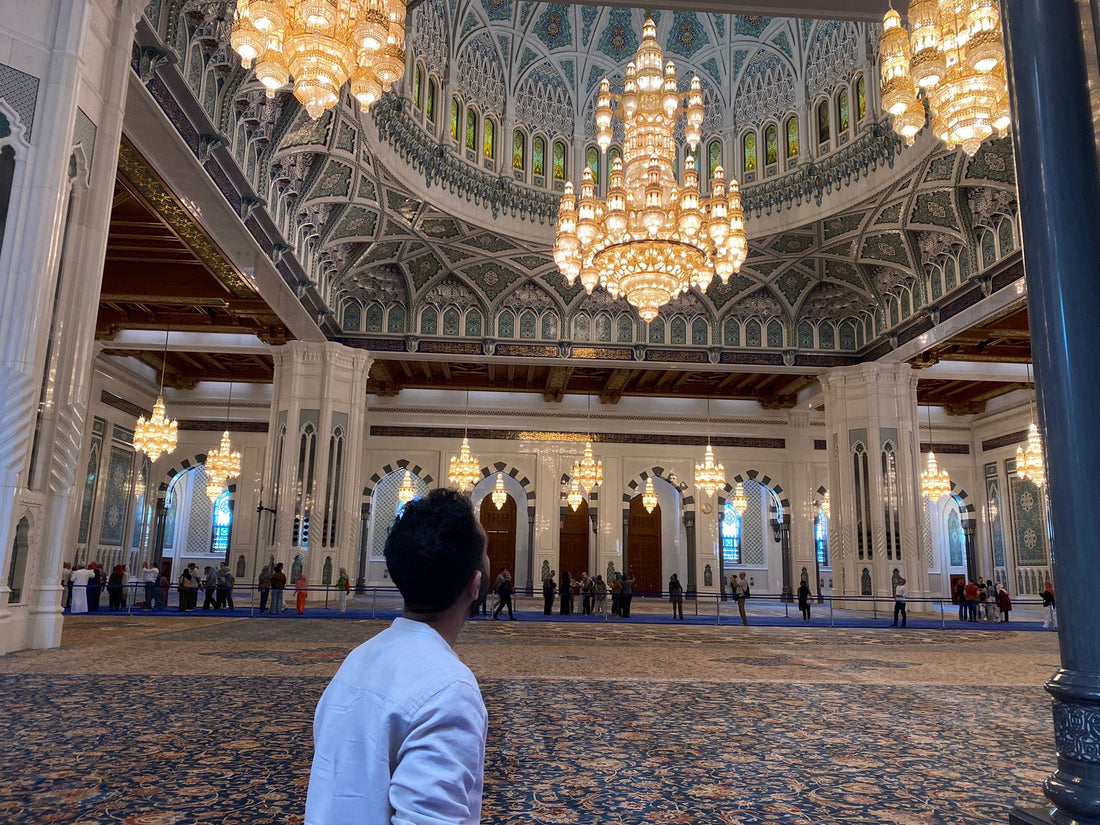Islamic Art is a captivating and diverse form of artistic expression that has its roots in the rich cultural and religious traditions of Islam. It encompasses a wide range of artistic disciplines, from calligraphy and geometric patterns to architecture and ceramics. At its core, Islamic art serves as a reflection of the spiritual and cultural values of the Muslim world. In this blog post, we will delve into the essence of Islamic art and explore its key characteristics and meanings.
Spirituality and Symbolism
Islamic art is deeply intertwined with Islamic faith and spirituality. It is a means by which artists convey the profound connection between the material and the divine. This art form often incorporates calligraphy, featuring verses from the Quran, the holy book of Islam. The Arabic script is used not only as a decorative element but also as a vehicle for conveying the word of God. The meticulous craftsmanship involved in creating these calligraphic artworks is seen as an act of devotion.
Geometry and Mathematics
One of the defining features of Islamic art is its extensive use of geometric patterns. These intricate designs, often found in architecture, textiles, and ceramics, are not merely decorative but also carry profound mathematical and philosophical meanings. Islamic scholars and artists believe that geometry reflects the underlying order of the universe and serves as a visual representation of divine harmony and balance.
Aniconism and Representation
Islamic art typically avoids the representation of living beings, particularly humans and animals, as a reflection of the Islamic prohibition against idolatry. Instead, artists turn to abstract and geometric forms, as well as intricate floral and vegetal motifs, to create visual beauty without compromising religious principles. This approach challenges artists to find new and innovative ways to express themselves within these constraints, resulting in unique and mesmerizing artworks.
Architectural Marvels
Islamic architecture is renowned for its breathtaking mosques, palaces, and mausoleums. These structures are characterized by their intricate tilework, domes, minarets, and courtyards. The design of Islamic architecture serves both functional and spiritual purposes, providing spaces for worship and reflection while also serving as a source of inspiration and awe.
Cultural Diversity
Islamic art is not monolithic but rather a reflection of the incredible diversity within the Muslim world. Different regions and cultures have developed their own distinctive styles and techniques. For example, the geometric patterns in Moorish architecture in Spain differ from the floral motifs in Persian carpets. This diversity highlights the multicultural and dynamic nature of Islamic art.
-------
Islamic art is a profound and multifaceted form of artistic expression that encompasses spirituality, mathematics, and cultural diversity. It serves as a bridge between the material and the divine, creating beauty that reflects the core values and beliefs of the Muslim world. Whether through calligraphy, geometry, or architecture, Islamic art continues to captivate and inspire audiences worldwide, transcending time and borders to convey the enduring significance of its messages and meanings.

